From Ideation to Execution
Learn more about how design duo Dylan and Hinz join hands with the community in this project.
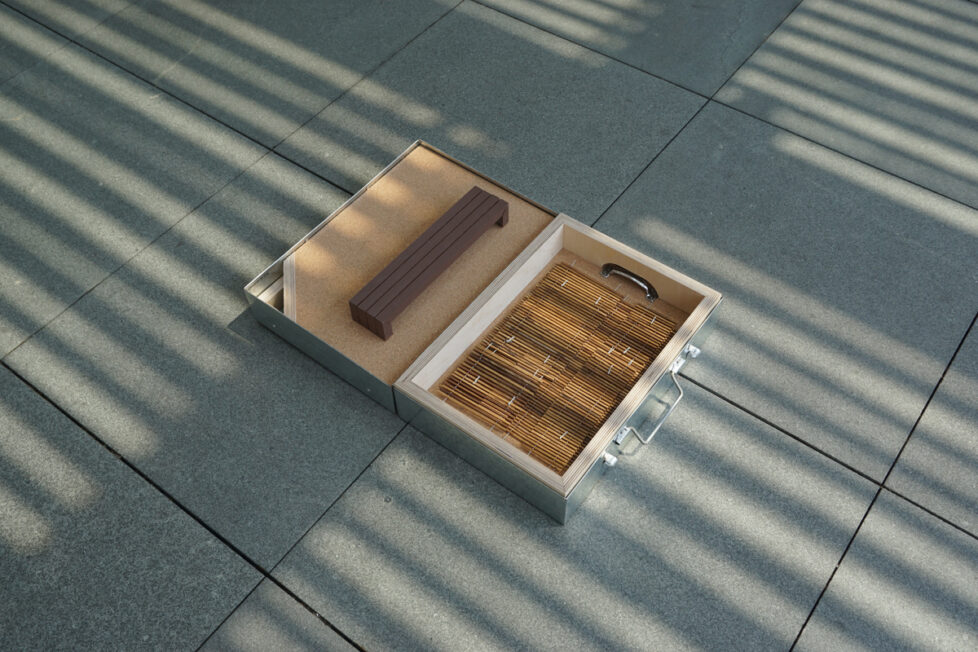
Learn more about how design duo Dylan and Hinz join hands with the community in this project.

In almost all major cities, municipal governments and professionals spend a lot of effort in designing public facilities and facelifting the urban landscape. But the results are often far from satisfactory. Many public facilities fail to satisfy user needs and are eventually underutilized, causing a waste of resources. What if we can bring up an open management model and let citizens modify existing public facilities or even utility infrastructure?
As elucidated by the project name, Hack-a-bench encourages citizens to rig up their ideal bench by modifying existing ones. In this first-round engagement, the designer duo take the helm and realize the wildest dreams of surveyed park users. The end product is a set of 10 ergonomic and sinuous benches that will stay in the park for at least 3 years. Hack-a-bench is part of “City Dress Up: Seats Together”, a government-funded commission project by the Arts Promotion Office (APO) inviting 20 local designers to produce new park benches for 20 parks in Hong Kong, in celebration of the 20th anniversary of the Hong Kong Special Administrative Region.
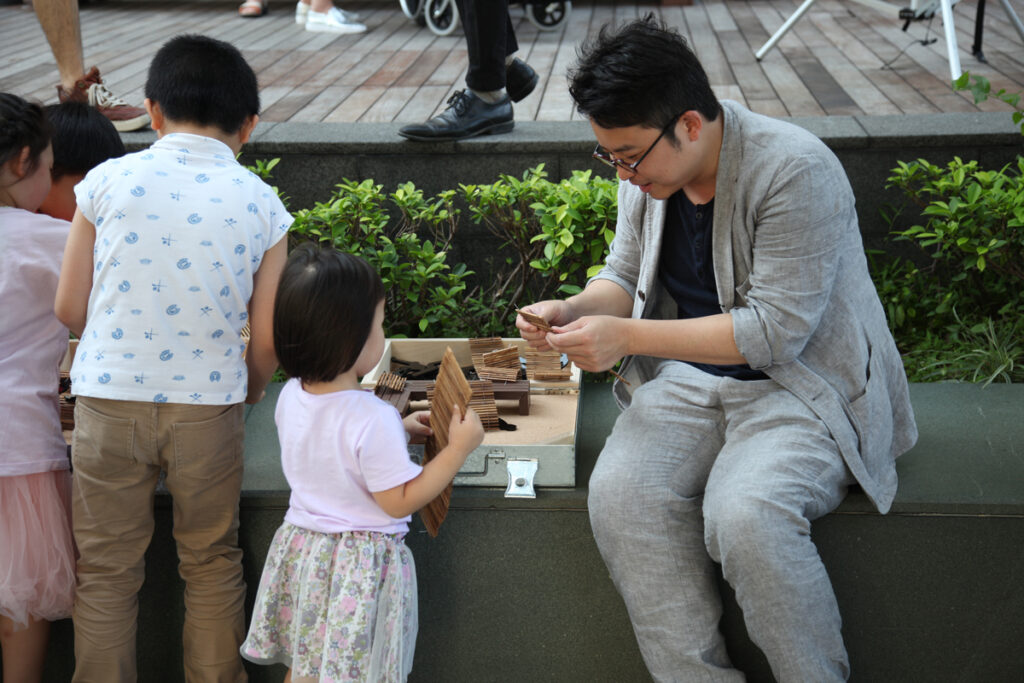
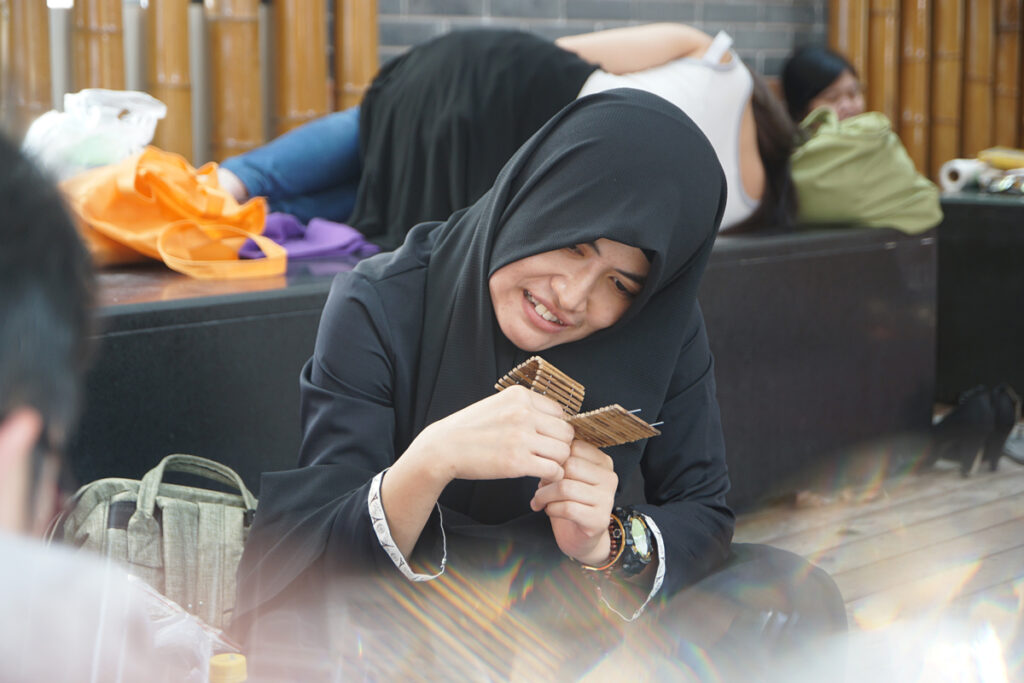
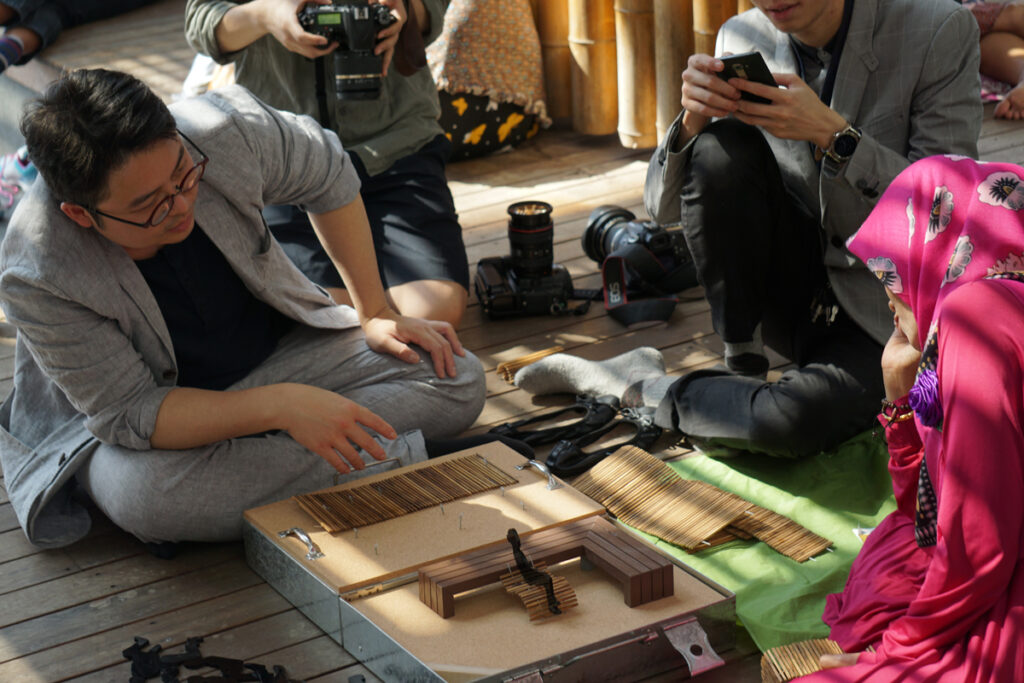
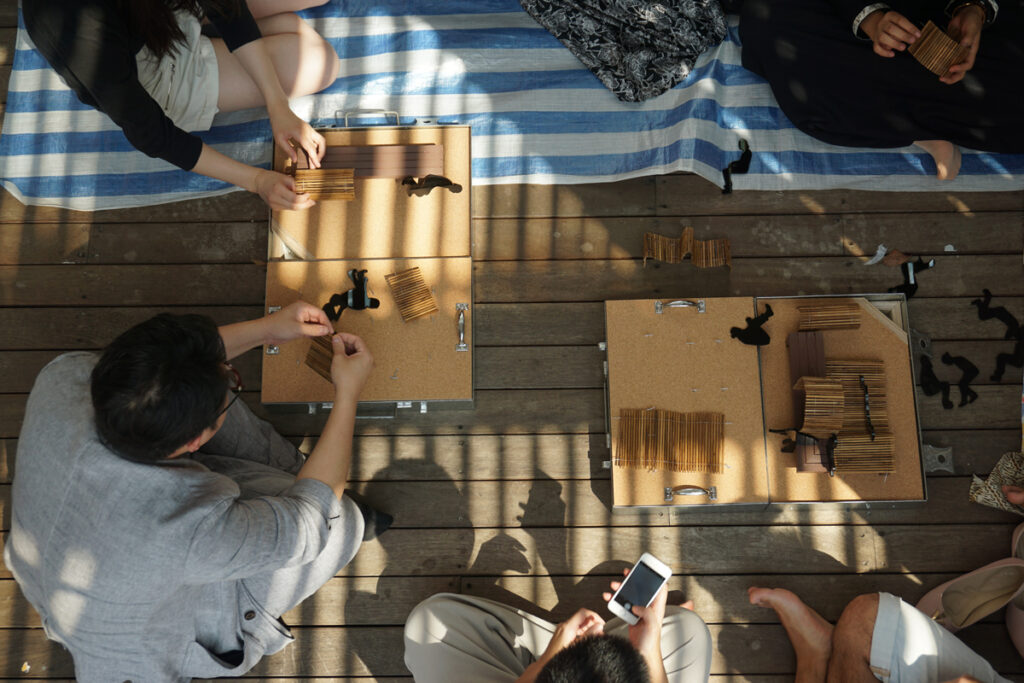
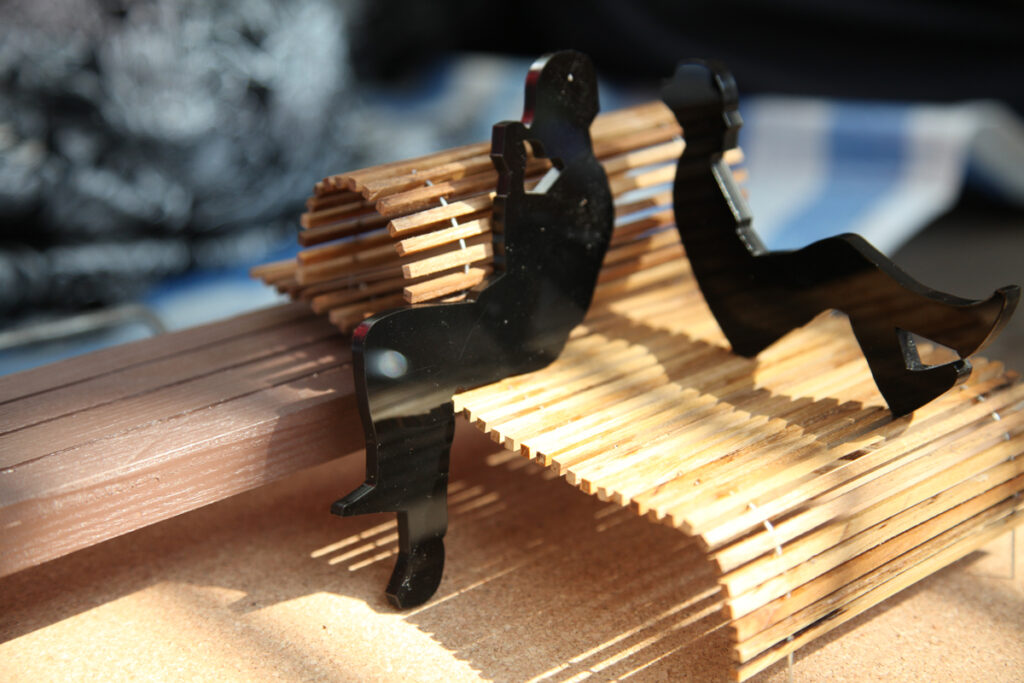
The Briefcase contains tools that supercharge the ideation and design process, making it more friendly and engaging.
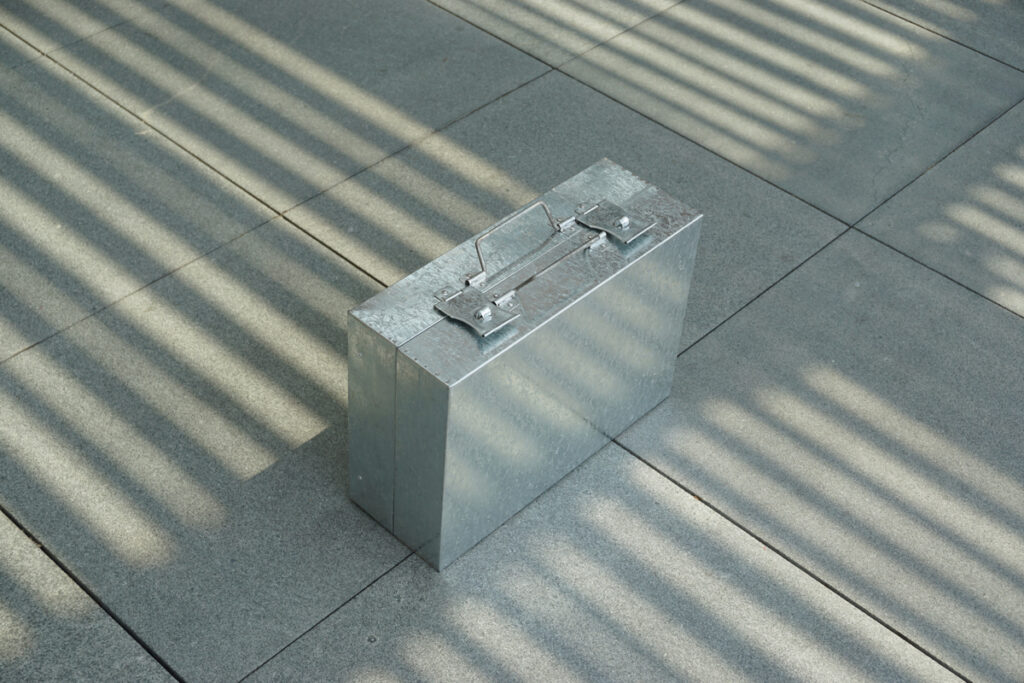
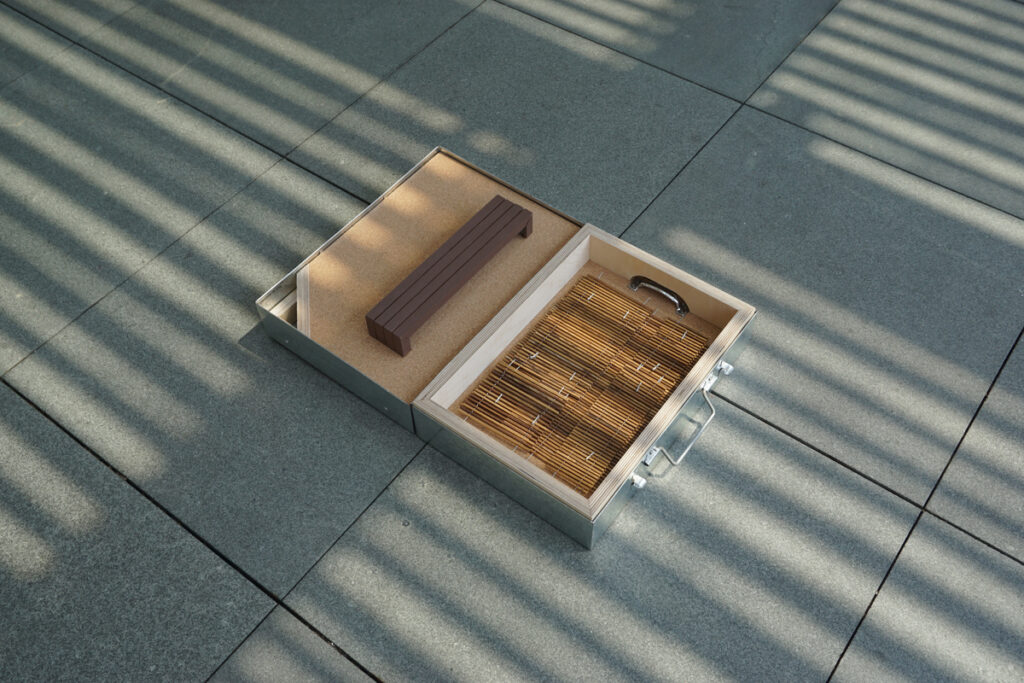
Instead of parachuting new “designer benches” into the park that don’t match the existing seating style and environment, Kwok and Pak have turned this bench design commission into a modification experiment. Tucked in a peaceful neighborhood, Aldrich Bay Park is a pleasant and award-winning park designed by the city’s Architectural Services Department. “When we were invited to design new benches for the park, what struck us was there was a plethora of benches already. 60 seats actually. But most were underutilized – owing to unfavorable design or positioning that didn’t address user needs. That’s why we’ve decided to alter existing benches instead.” says Kwok.
Stepping up their game: Bringing urban intervention to the administration level
Riding the tide of citizen empowerment, urban intervention is no longer a novelty in many cities. The likes of urban acupuncture or Park(ing) Day empower citizens to improve their urban environment incrementally – and in most cases, temporarily. Hack-a-bench is different by that all interventions and modifications are officially approved and endorsed by related government departments. “We believe that urban interventions by citizens can be permanent. Of course it takes time and patience to go through all the hurdles and bureaucracies before you can alter existing park benches legally. But salient contributions by citizens should be taken seriously at the administration level and widely implemented in the city,” says Pak.
Hack-a-bench takes a dual approach – it is both top-down and bottom-up. As in many other community-driven projects, extensive community engagement and survey were conducted before the designers work out the distinctive designs and location choices of the 10 benches. But at the same time, Hack-a-bench probably wouldn’t come into being without official endorsement, which might have lent them some perks in negotiations with government departments.
“Our ultimate goal is to make it a regular policy such that citizens can modify and improve public facilities anytime. Not just one-off or in a single commission project – but part of the regular management policy, we hope other parts of the public sector can see the benefits and adopt an open management policy, letting citizens transform utility infrastructure and public space incrementally.”
– Dylan Kwok